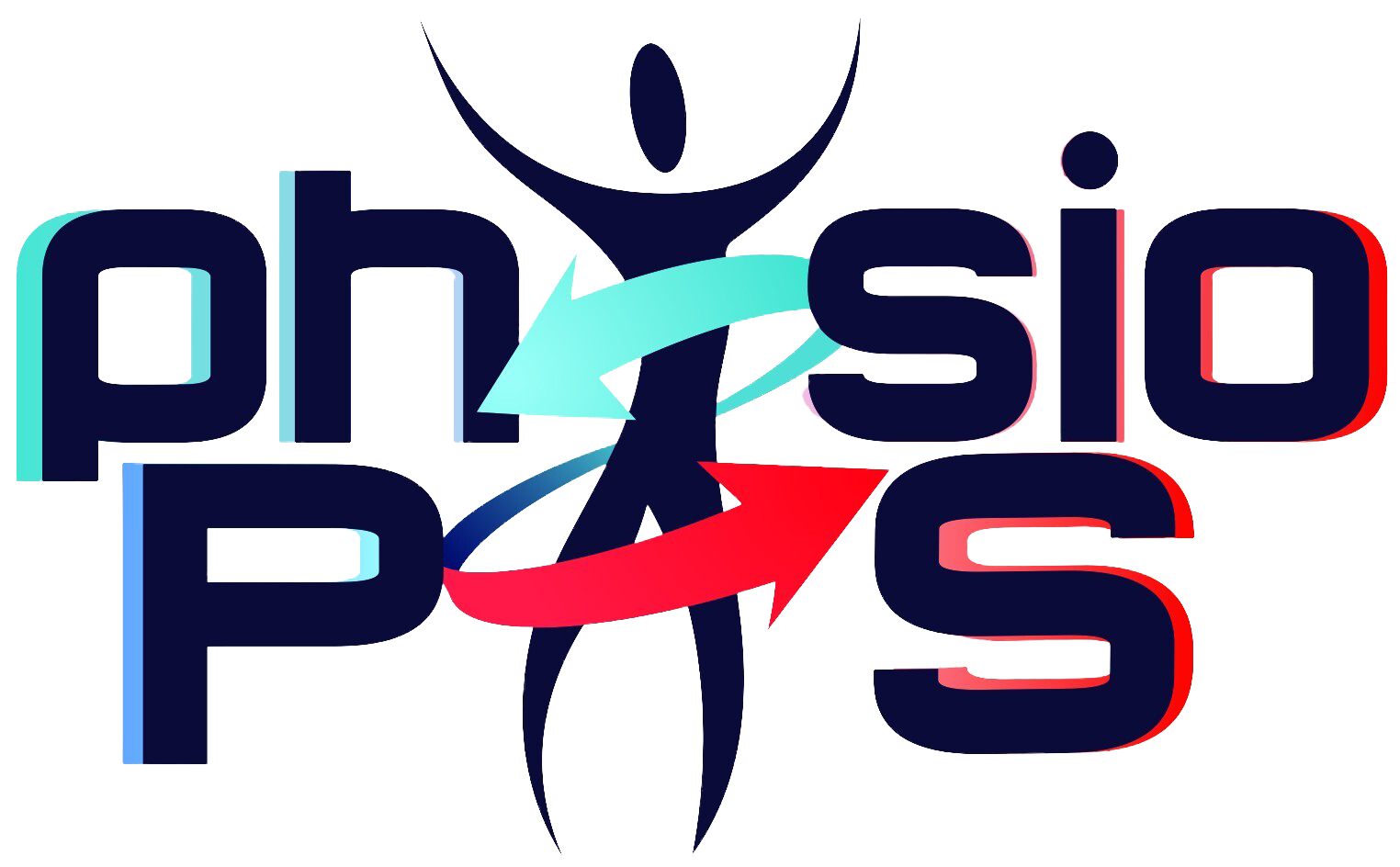(r)Alpha Lipoic Acid Is A Safe, Effective Pharmacologic Therapy Of Chronic Orthostatic Hypotension Associated With Low Sympathetic Tone
Chronic orthostatic hypotension (OH), affecting 10 to 30% of the elderly, is associated with falls, and increased morbidity and mortality. Current pharmacologic therapy can cause or worsen hypertension and fluid retention. (r)α lipoic acid (ALA), a powerful natural antioxidant, avoids those complications and may assist management of chronic neurogenic orthostatic hypotension (NOH). The purpose of […]

